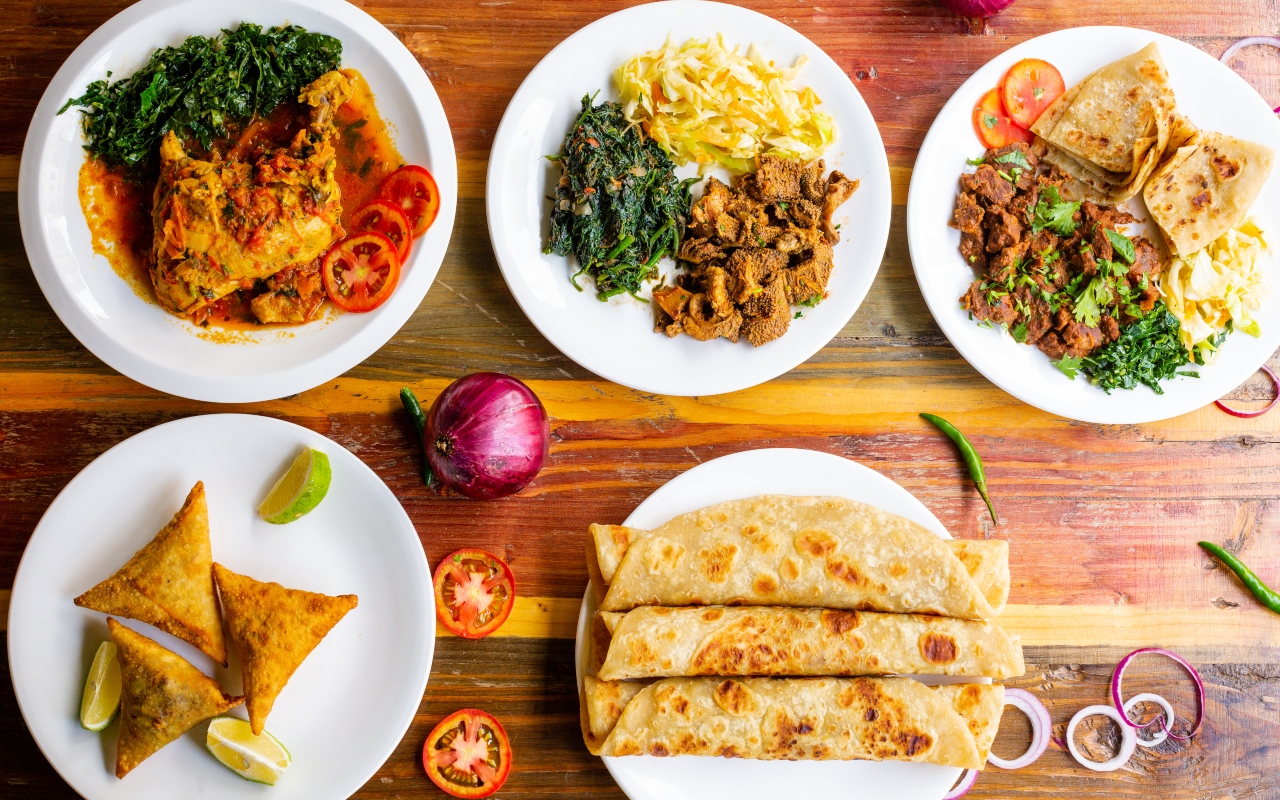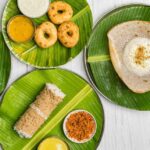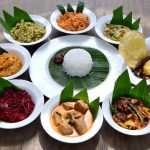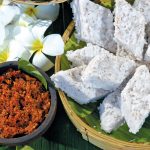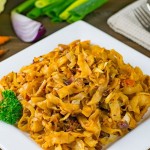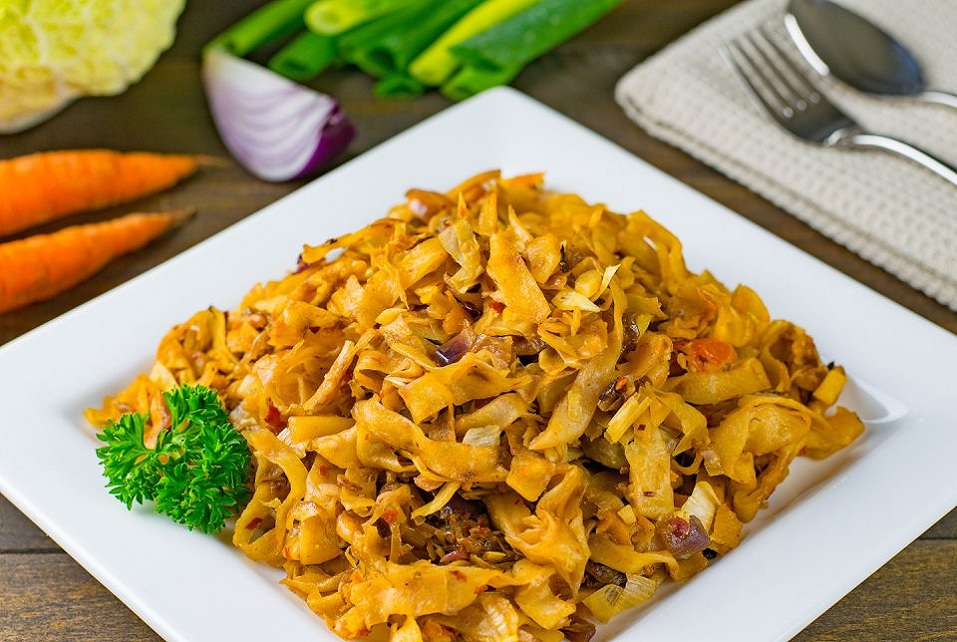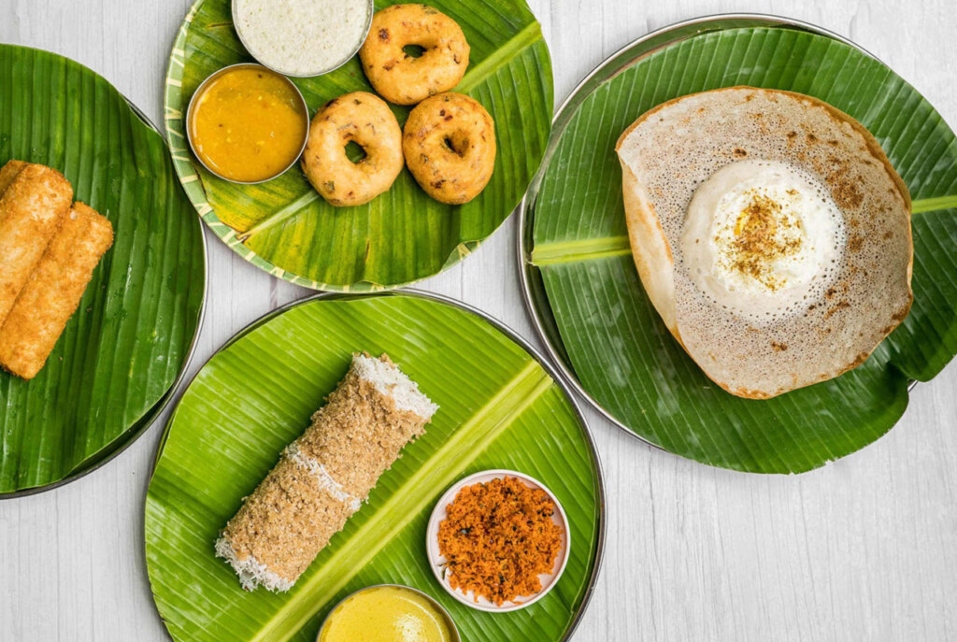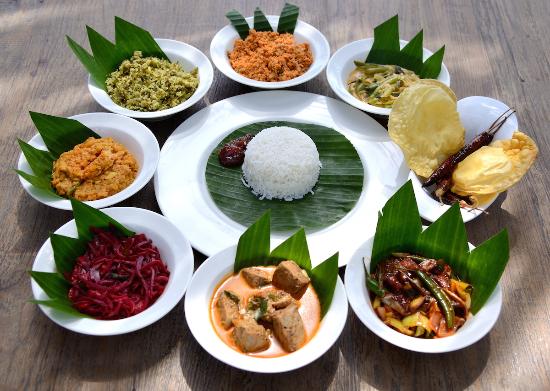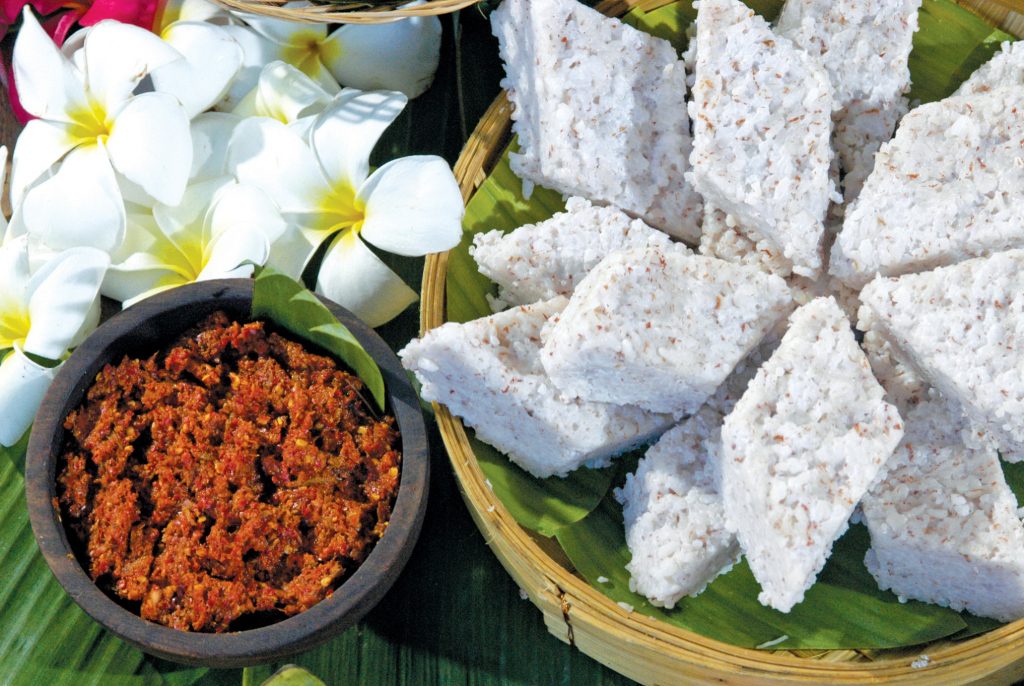Whether you are watching a dance of kottu making by the roadside, dining at a stylish restaurant, or joining a village cooking class, the flavours of Sri Lankan food make the ultimate culinary impression. In this guide, we take you through the foodie experience, showcasing must-try dishes, unique food experiences, and insider tips for discovering gastronomic delights.
Why Sri Lanka Is a Foodie Paradise
Sri Lanka sits at the crossroads of ancient trade routes, which brought spices, techniques, and flavours from India, the Middle East, Portugal, the Netherlands, and Britain. The result? A cuisine that’s rich and incredibly varied. Although the centrepiece of Sri Lankan cuisine is a colourful plate of rice and curry, various cultural influences have shaped its many iterations. The Sri Lankan food experience is as eclectic as its landscape. From crab curries originating from its Tamil heartland in the north to the lamprais of the south, influenced by Dutch occupation, to the pickles of the Malay people, you will find the true meaning of a foodie paradise here.
Must-Try Dishes for Sri Lanka Culinary Travel
Let’s dig into the signature dishes. Here’s what should top your Sri Lanka culinary bucket list:
Rice and Curry – The Heart of Sri Lankan Cuisine
The national staple is a hot, steaming plate of rice served with an assortment of curries. Don’t be fooled by the simplicity – the amalgamation of flavours is astonishing. You might get a mix of lentil dhal, jackfruit curry, beetroot curry, chicken curry, and tempered greens, all infused with creamy coconut milk and aromatic spices.
Milk Rice (Kiribath)
It is a dish rooted in culture. It is a symbol of prosperity and celebration. Made by cooking rice in thick coconut milk until it becomes creamy and rich, the dish is then pressed flat on a banana leaf and cut into diamond or square shapes. Traditionally served at auspicious occasions such as the Sinhala and Tamil New Year, weddings, or the start of a new venture, milk rice is often enjoyed with a spicy onion relish (lunu miris), gravy, or sweet jaggery.
Hoppers (Appa)
What are these, if not edible bowls? The thin bowl-shaped pancakes are made from a fermented batter of rice flour and coconut milk. The plain version pairs beautifully with curries, while the “egg hopper” comes with a fried egg in the center. And a sweet, brown version exists, too. Crispy edges, soft centers – perfect for breakfast or dinner.
String Hoppers (Idiyappam)
Steamed irregular lattice made from thin rice flour noodles. Eaten for breakfast or dinner, string hoppers are served with coconut sambal and curries. These could be red or white, depending on the colour of rice flour used.
Kottu Roti
Street food at its finest, kottu is made by stir-frying chopped roti with vegetables, eggs, or meat, seasoned with curry spices. The rhythmic clanging of metal blades on the grill is as much part of the experience as the taste itself.
Lamprais
A Dutch Burgher specialty, lamprais consists of rice, meat curry, sambol, and aubergine pickle wrapped in a banana leaf and baked. Aromatic and flavourful, it’s a colonial legacy that foodies can’t miss.
Short-Eats
Fusion treats, including rolls, cutlets, pastries, and buns, are available in bakeries and patisseries across the island. Locals dip these in tomato sauce or ketchup when eating. Hop into any cafe to sample an array of fusion foods.
Sweet Temptations
- Watalappan: A cardamom-spiced jaggery custard dessert.
- Kavum & Kokis: Traditional sweets during festivals.
- Coconut Treacle Pancakes: A tea-time indulgence.
Regional Flavours to Explore
Each region brings something unique to the table. So, when on a food tour in Sri Lanka, travel is key to discovering more.
Northern Sri Lanka – Jaffna Cuisine
Known for its distinctive flavours influenced by Indian cuisine, Jaffna food features crab curries, mutton poriyal, and spicy rasam soups.
Central Sri Lanka – Hill Country Goodness
In Kandy and Nuwara Eliya, the cooler climate and Tamil populations of the Tea Country influence the cuisine. You will find dosai & vadai, hearty vegetable curries, fresh milk products, berries, and British-inspired tea-time treats, such as scones and cakes.
Southern Sri Lanka – Seafood Heaven
From Galle to Tangalle, the coast is lined with beach shacks serving grilled fish, calamari, and jumbo prawns. Don’t miss the famed fish Ambul Thiyal of the south that accompanies rice and hoppers.
Eastern Sri Lanka – Tamil & Muslim Fusion
In Trincomalee and Batticaloa, you can explore Tamil and Muslim culinary takes on biryanis, parottas with curry, and sweet treats like jalebi.
Unmissable Sri Lanka Food Experiences
Beyond tasting, discover how food is grown, made, and celebrated. Here are some unforgettable experiences to include in your itinerary:
Colombo Street Food Safari
The capital is buzzing with street food stalls. Explore Galle Face Green for isso wade (prawn fritters), achcharu (pickled fruits), and sweet King Coconut water. Savour freshly-made samosas, vegetable roti, egg roti, fish buns, faluda, and sherbet.
Tea Plantation Tour in Nuwara Eliya
No trip to Sri Lanka is complete without exploring its tea culture. Visit a plantation to see the process from leaf to cup, followed by a tasting session of world-famous Ceylon tea. Pair it with traditional tea-time snacks, both local and European, for a wholesome experience.
Cooking Classes with Locals
One of the most enriching experiences of Sri Lankan culinary travel is joining a cooking class, often conducted in local homes, villages, hotel premises, or camping sites. From pounding spices to scraping coconut, and cooking curries in clay pots, you will learn authentic recipes and techniques you can recreate back home.
Spice Garden Visits
In Kandy or Matale, visit spice gardens where cinnamon, cardamom, pepper, and nutmeg are grown. Guides usually explain the herbal qualities that make spices not just flavour enhancers but also healing remedies. Ayurveda plays a role in food in traditional Sri Lankan culture, where food is both curative and nourishing.
Coastal Seafood Feasts
Sit by the ocean in Negombo, Mirissa, or Arugam Bay and savour a seafood platter caught just hours before. Grilled fish and lobster with lime and chili, crab curry, and devilled cuttlefish are highlights.
Traditional Festive Foods
If you are in time for local festivals like Sinhala and Tamil New Year (April), you can sample kavum, kokis, aluva, aggala, athirasa, and milk rice, which are made for the celebration. During Christmas, sample the Dutch origin sugary plum loaf, Breudher, and Portuguese love cake.
Tips for Sri Lanka Food Tour
- Spice Levels: Sri Lankan food can be spicy. Hotels that accommodate tourists usually tone down the spice level. However, when eating out, do not hesitate to ask for milder versions.
- Eat Local: Small roadside eateries often serve the most authentic flavours at a fraction of the cost. Just make sure you are paying regular prices.
- Don’t shy away from Vegetarian dishes: A majority of Sri Lankan cuisine is vegetarian, thanks to common ingredients like lentils, jackfruit, breadfruit, rice, sweet potato, yams, green leaves, and coconut. Although vegetarian, they are abundantly flavourful.
- Mind the Hygiene: Stick to busy stalls where food is made in front of you and the turnover is high. Bottled water is recommended.
- Cultural Respect: In some rural areas, eating with your fingers (without cutlery) is the norm. Consider giving it a try for an authentic experience.
The Tantalising Taste of Sri Lanka with Blue Lanka Tours
A Sri Lanka food tour takes you into the island’s soul, which is a sundry of fiery flavours. From roadside kottu to refined lamprais, from indulgent Jaffna curries to delicate hoppers, every bite tells a story woven into the island tapestry. Whether you are sipping tea in the misty highlands, feasting on fresh seafood by the ocean, or learning classic recipes from locals, the Sri Lankan food experience will connect you deeply with the island’s heritage.
So come hungry, stay curious, and let Blue Lanka Tours be your guide. Driven by the taste for authenticity, we craft meaningful journeys built on respect and responsibility. Discover the best local spots on every coast and corner, and the haute cuisine of high-end dining when you travel with us in Sri Lanka.

